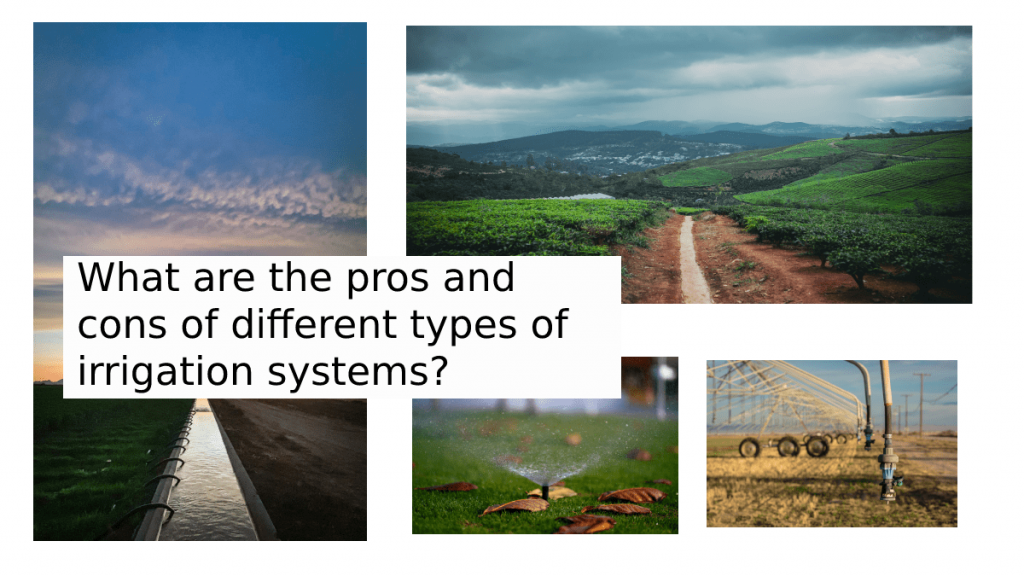Everyone loves a good garden, be it at their homes or their business. Lush green lawns and beautiful flower beds present a beautiful sight for your eyes. But in this fast-paced world we live in, managing a garden, taking care of the plants, and watering them daily is not easy. Automated irrigation systems make this easy for you. They can help you save time and effort by delivering a precise amount of water to your plants with minimal intervention from you. So how do they work? What are the benefits of an automated garden irrigation system? Let’s have a look.
How does an automated garden irrigation system work?
There are different types of automated garden irrigation systems of varying complexities, but they all work by controlling the water flow to different sections of the garden by opening and closing valves to that section. The valves are solenoid valves, which have an electromagnet inside them. When the solenoid receives an electric current the magnet becomes active and opens the valve.
The water flows through the open valves to the different sections of the garden. Different sections in the garden may use different types of sprinklers or drip systems depending on the type of plants in the section and their irrigation requirements.
These solenoid valves are in turn connected to controllers which decide when to water the plants and send the electric current to the solenoids to open them.
The simplest of these controls are programmed to open the valves on specific days for specific durations. And they’ll water the garden at the programmed time, even if it rained an hour before, or even if it was raining during the set time. But IoT irrigation controllers are smarter.
How does a smart irrigation controller work?
Even in a smart irrigation system, the controller determines when the solenoid valves open and sends the current to open them. But here, there are a couple more elements that give you more granular – but still automated – control over how the irrigation system waters your garden.
For starters, the irrigation controllers are connected to the internet and usually come with a mobile/web app. Users can set up programs or even just simply start watering the different zones manually through their app. And unlike the clunky interface common with ordinary controllers which users have to navigate through buttons and dimly lit displays, the app interfaces are much more intuitive and easier to work with.
Since they’re connected to the internet, smart irrigation controllers can access the local weather forecast and adjust the irrigation schedule accordingly. So you want to have sprinklers going to town on a garden where it just rained half an hour ago.
These smart irrigation controllers can also take input from sensors to adjust the irrigation cycle. Smart irrigation systems are usually equipped with rain sensors. Not only can they detect rain, but you can even program them to trigger for a specific amount of rain. There are also soil moisture sensors that inform the controller about the presence of moisture in the soil.
Using these systems, you can carefully control the amount of water your plants are getting, accounting for the rainfall, water holding capacity of the soil, as well as the water run-off from the soil.
Tips for designing an automated garden irrigation system
Keep plants with similar water requirements together in a zone
This is the most important point to remember while designing an irrigation system for your garden. This is because, if all plants in an area in your garden have the same irrigation requirement, a single solenoid valve can control all of them. Otherwise, individual plants will need their own valves to deliver the exact amount of water they need.
If you keep plants with different water requirements in different areas, you can assign a solenoid valve to these areas and program them to open and close as needed.
Check the water quality and ensure there are no contaminants
Water quality is important to ensure a long life for most irrigation systems, automated or otherwise. Poor water quality can cause clogs in the pipe and affect the water distribution. Even if there are no physical contaminants, in the long run, even chemical contaminants can cause problems in your system.
Before installing the irrigation system, it’s best to check the water quality and use filtration systems to remove the impurities.
Choose the right type of water delivery equipment
A one-size-fits-all approach doesn’t work for irrigation systems. Different water delivery equipment, like sprinklers, drip systems, or other modes have their own pros and cons. And they are suited for different types of plants, soil, and weather conditions. Make sure you choose the right solHow doution for your garden for maximum efficiency.
What are the benefits of an automated garden irrigation system?
More precise irrigation
Smart irrigation systems deliver the correct amount of water consistently to your garden. It can take a lot of factors into account, such as the amount of rain, the water present in the soil, and the weather forecast to determine the amount of water delivered. The plants aren’t over or under watered with a smart irrigation system.
Efficient use of water
With manual watering systems, there’s a lot of water wastage. Some plants can get less water, while others may get too much water. And some water may runoff. Automated systems are more efficient; carefully designed watering systems can save homeowners a lot of money in terms of their water bills.
Fewer labor requirements:
This one is fairly obvious, automated watering systems require very little labor to maintain once they’re installed.



